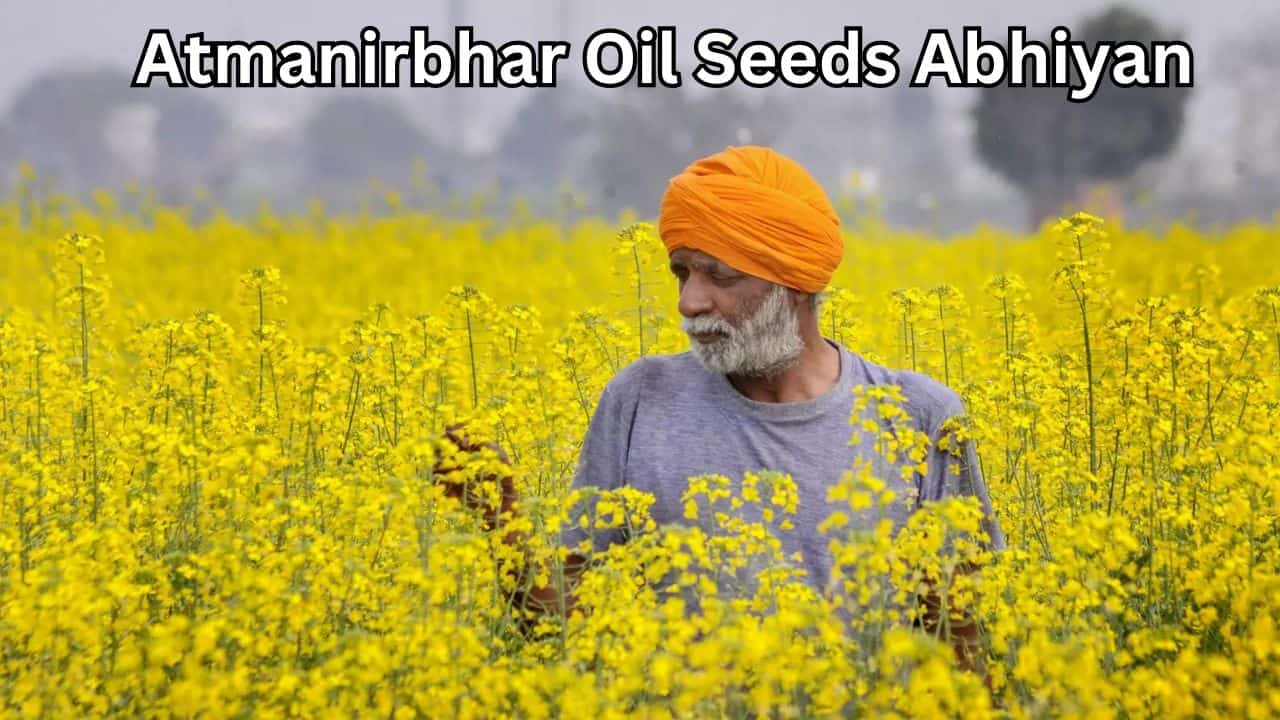During her presentation of the Interim Budget 2024 on Thursday, Finance Minister Nirmala Sitharaman emphasized that the government led by Narendra Modi places a high priority on farmers. She emphasized the point by saying, “We need to concentrate on four major castes.” They are called “Annadata” (Farmer), “Mahilayen” (Women), “Yuva” (Youth), and “Garib” (Poor). Our top priority is ensuring their needs, goals, and welfare. In addition to endorsing the current programs, the minister unveiled fresh plans that the government would launch to advance the dairy industry. She also mentioned that the Atmanirbhar Oil Seeds Abhiyan will be extended further, in addition to other programs aimed at boosting productivity in dairy, fisheries, oilseeds, and other agricultural sectors.
Boost Investment In Post-Harvest Activities
The government intends to boost initiatives to increase value addition in the agricultural sector and has stated that it will work to strengthen efforts to supplement farmers’ income. “38 lakh farmers have benefited from the Pradhan Mantri Kisan Sampada Yojana, which has also generated 10 lakh jobs. Similarly, the Pradhan Mantri Formalization of Micro Food Processing Enterprises Yojana has connected 60,000 people and 2.4 lakh SHGs to credit. Other programs are supplementing efforts to reduce postharvest losses and boost productivity and incomes,” the Finance Minister stated.
Sitharaman also stated that the government will encourage private and public investment in post-harvest operations such as aggregation, modern storage, efficient supply chains, primary and secondary processing, marketing, and branding.
Nano-DAP: Atmanirbhar Oil Seeds Abhiyan
Following the successful adaptation of Nano Urea, the Finance Minister announced that the government will apply Nano DAP (a type of fertilizer) to several crops across all agro-climatic zones. An agricultural input based on nanotechnology called nanourea gives plants nitrogen. In comparison to a typical urea pill, the product has a desirable particle size of nearly 20-50 nm, more surface area (10,000 times more than a 1 mm urea pill), and a higher number of particles (55,000 nitrogen particles versus 1 mm urea pill). Agricultural inputs are any external products introduced into the soil to help increase and improve yield. These can range from high-quality seeds to advanced tractors.
Dairy Development
The Rashtriya Gokul Mission, the National Livestock Mission, and the Infrastructure Development Funds for dairy processing and animal husbandry will serve as the foundation for the extensive program that the government is putting in place to support dairy farmers. Despite having the lowest milk-animal productivity in the world, India is the world’s largest milk producer. Control measures for foot and mouth disease are already in place, Sitharaman continued.
Agriculture and Allied sectors
Financial Highlights
- Concessional Credit Boost to Farmers: Through Kisan Credit Cards, farmers will be able to access institutional credit facilities at discounted rates. Under this scheme, 2.5 crore farmers will receive concessional loans totaling two lakh crore rupees.
- Agri Infrastructure Fund: To develop agricultural infrastructure projects at the farm gate and aggregation points (such as cooperative societies and Farmer Producer Organizations), a fund of one lakh crore rupees will be established. A farm gate is a market where consumers can purchase goods straight from farmers.
- Support to fishermen: Marine and inland fisheries will be developed in an integrated, sustainable, and inclusive manner through the implementation of the Pradhan Mantri Matsya Sampada Yojana (PMMSY). This scheme will spend Rs 9,000 crore on building infrastructure (such as fishing harbors, cold chains, and markets) and Rs 11,000 crore on marine, inland, and aquaculture activities.
- Animal Husbandry Infrastructure Development: A fund of Rs 15,000 crore has been established to support private investment in infrastructure related to cattle feed, dairy processing, and value addition. Establishing plants for the export of specialty dairy products will come with incentives.
Legislative Highlights
- Agriculture marketing reforms: The following will be provided by a central law: (i) sufficient options for farmers to sell their produce at fair prices; (ii) barrier-free interstate trade; and (iii) a structure for agricultural produce e-trading. Farmers are currently required to sell their produce only to APMC (Agricultural Produce Market Committee) licensees. The intended changes aim to create a seamless supply chain, facilitate the free flow of agricultural products, and give farmers more options for better price realization.
- Agriculture Produce Pricing and Quality Assurance: It will be possible for farmers to interact fairly and openly with processors, aggregators, big retailers, and exporters by developing a supportive legal framework. The framework will include quality standardization and risk mitigation for farmers who are assured of returns. This will boost private sector investment in the agricultural sector and allow farmers to predict crop prices at the time of sowing.
Migrant Workers
Policy Highlights
- One Nation One Card: By March 2021, migrant workers will be eligible to use the One Nation One Card program to access the Public Distribution System (Ration) from any Fair Price Shop in India. The plan will allow migrant workers’ access to rations to be portable between states. The program is expected to cover 67 crore beneficiaries in 23 states by August 2020, accounting for 83% of the PDS population. By March 2021, all states and union territories must have fully automated their fair price shops to attain 100% national portability.
- Free food grain Supply to migrants: For two months, migrant workers who are not eligible for benefits under the National Food Security Act will receive five kilograms of grains per person and one kilogram of chana per family per month. This scheme is expected to benefit eight crore migrants and will cost Rs 3,500 crore.
Conclusion
A prime example of the government’s dedication to rural prosperity and agricultural revival is the Atmanirbhar Oil Seeds Abhiyan. A comprehensive approach to development is highlighted by Finance Minister Nirmala Sitharaman’s strategic focus on farmers, women, youth, and the impoverished. The objective of the government is to improve productivity, incomes, and sustainability in the agricultural sector by introducing novel initiatives like Nano-DAP, promoting private investment, and supporting post-harvest activities.
